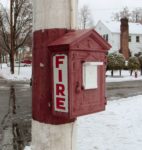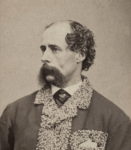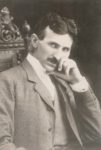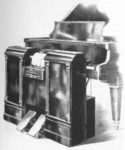The first city-wide fire alarm system goes into operation, Nikola Tesla describes his AC power system and pianos play themselves … It all happened This Week in Tech History.
This week in 1857 – William Channing and Moses Farmer received a patent for a fire alarm telegraph. In this time before telephones, the purpose of the system was to be able to alert firefighters quickly in the event of a fire. Boxes were installed throughout Boston, the first city to adopt the system. In the event of a fire, the box was opened and a crank was turned, sending a signal to a central station which would alert the authorities.
1877 – Edwin Holmes of Boston, MA. Setup the first network of burglar alarms that were monitored by a central station in New York City. He then sent his son to copy that system in Boston. His son realized that they could use existing phone cables to carry the signals, instead of laying their own. This allowed the network to quickly grow to more than 700 burglar alarms. A system that gave rise to the 28 billion dollar industry we know today.
1888 – Nikola Tesla delivered a lecture describing the equipment which will allow efficient generation and use of alternating currents to transmit electric power over long distances. Back in the late 1800s the war of the currents raged on. With Tesla teaming up with George Westinghouse with their AC current, taking on his former employer, Thomas Edison, who was touting his DC, or direct current standard. During this time, Edison even went so far as filming the electrocution of Topsy the elephant, to show the dangers of his rival’s alternating current.
1900 – Edwin Votey, who was regarded as a “Genius of the Music World”, patented his pianola. Commonly known as the player piano. The original Pianola was a large wooden cabinet in front of an ordinary piano. At the rear of the cabinet was a row of “wooden fingers” aligned with the piano keyboard. These fingers were activated by air passing through a roll of paper perforated with holes that determined which note to play. The air was generated by pressing two foot pedals at the base of the pianola.
And this week in 1985 – GTE, General Telephone and Electronics, was named by Fortune Magazine as the largest utility in the US. GTE was founded in 1934 and provided telephone service to a large number of areas in the US. In 2000, GTE was acquired by Bell Atlantic, one of the regional operating companies formed after the breakup of the Bell System. After the acquisition, the combined company changed its name and became Verizon.






